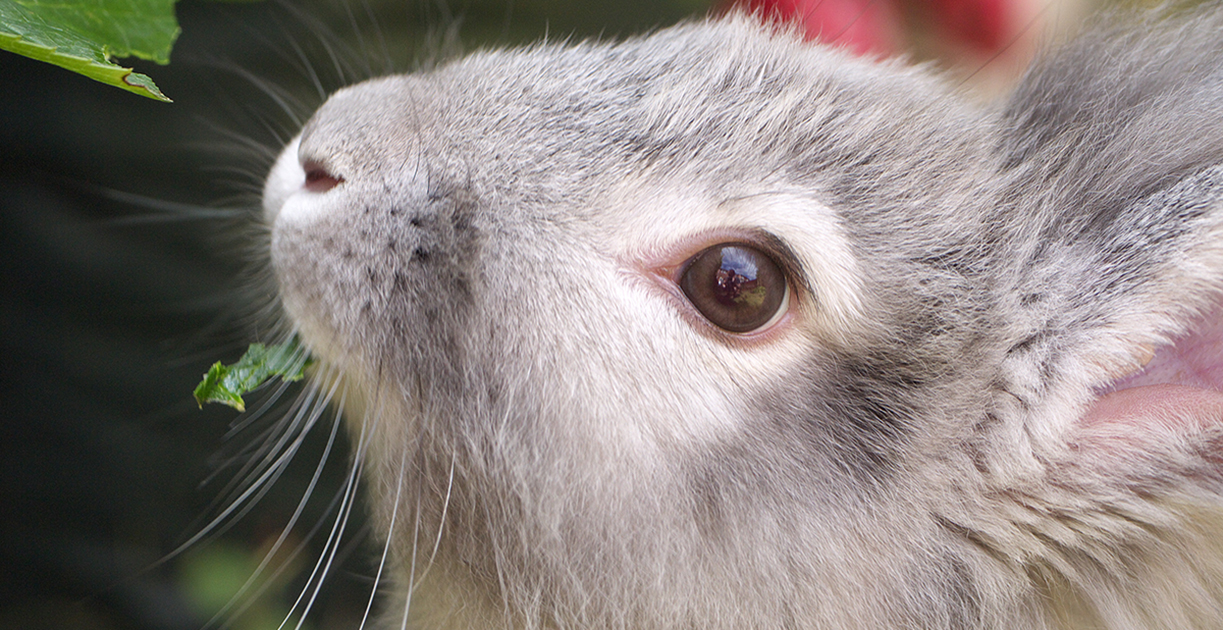This year, Rabbit Awareness Week is raising awareness of the dietary needs of rabbits and helping owners understand why they should make the change from a muesli to a high-quality hay based diet.
Why is muesli bad?
Muesli is very sugary and high in starch, and can lead to selective feeding (when rabbits pick out and eat the sugary and high starch pieces of the muesli over the more fibrous pellets). Doing this leads to an unbalanced diet and can increase the risk of dental disease, gut stasis and fly strike.
Weaning your rabbit off muesli…
You should aim to wean your rabbit off their muesli based diet to a high quality hay diet gradually (allowing four weeks for the transition is recommended). When doing so it is important not to over feed your rabbits.
Rabbit should have access to high-quality, dust extracted feeding hay that they can graze on during the day; this should make up approximately 85-90% of your rabbit’s diet.
The rest of the diet should comprise of:
- Daily fresh greens e.g. dandelion leaves, cauliflower leaves, kale
- A small amount of quality rabbit pellets/nuggets
- Occasional treats e.g. carrot tops, turnip, pipless apples, banana
Why is hay so important for rabbits?
- Fibre: Hay and fresh grass contain a lot of fibre, which is important for a rabbit’s dental, digestive and behavioural health
- Dental health: Rabbits’ teeth are always growing; chewing on high-quality hay can help to wear them down
- Encourage natural behaviours: Rabbits in the wild spend around 70% of their time foraging. Access to hay and grass allows them to express their natural behaviour
- Healthy gut: Rabbits need fibre to keep their gut moving. Without it, they’re at risk of developing gut stasis (a condition in which the rabbit’s digestive system slows down or stops) and bloat
Bedding hay vs Feeding hay, what’s the difference?
Although it may seem obvious, some people don’t realise that there is a difference between bedding hay and feeding hay. Bedding hay is comfortable and provides insulation, making it ideal for rabbits to sleep on. However, it’s often cheaply manufactured, can contain mould spores and its nutritional value is unknown. Whereas feeding hay is highly nutritious and contains a lot of fibre because it is grown specifically to be fed to rabbits. It is also barn-dried and dust extracted to help maintain rabbit’s respiratory health.
For more information on how to maintain your rabbit’s health, visit the rabbit awareness week website.










